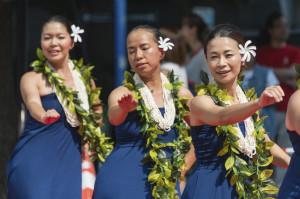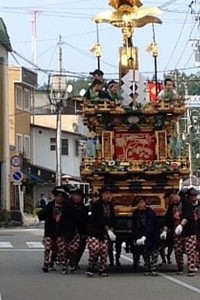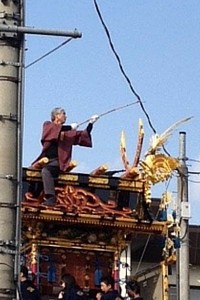Rudolf Laban liked to coin new words to designate the movement theories he was developing. During the very fertile period of his career in Germany (1919-1929) he coined two words: “Choreutics” —dealing with the spatial forms of movement, and “Eukinetics” —dealing with qualities of kinetic energy.
Laban spent the final two decades of his career in England (1938-1958). During this period he Anglicized his movement terminology. His Eukinetic theories were presented under the term “Effort,” and Choreutics became known in Laban training programs as “Space Harmony.”

Close examination of Laban’s posthumously published masterpiece, Choreutics, suggests that “Space Harmony” is a misnomer. As presented in this work, “Choreutics” does not deal only with space. It also addresses the body, effort, and shape.
Indeed, only four of the twelve chapters concentrate on spatial form. Three chapters address the body, four chapters discuss effort, and one chapter introduces notions of shape.
When carefully examined, it is clear that Choreutics is a description of movement harmony, not “Space Harmony.” Laban states this clearly in the Preface, where he defines “choreutics” as “the practical study of the various forms of (more or less) harmonized movement.”
In “Decoding Laban’s Choreutics,” the Tetra seminar beginning in March, I take participants on a guided journey through this mysterious book. This journey of discovery can be done without leaving the house, but not without leaving one’s arm chair.


 The wintery month of January is named after the Roman god Janus. Janus had two faces, one that looked back and one that looked forward. Similarly, this time of year invites introspection – reflection on things past and anticipation of things yet to be. In honor of Janus, I look back and forward.
The wintery month of January is named after the Roman god Janus. Janus had two faces, one that looked back and one that looked forward. Similarly, this time of year invites introspection – reflection on things past and anticipation of things yet to be. In honor of Janus, I look back and forward. Moving rhythmically, in sync with others, is a peculiar human pleasure. “Muscular bonding” is the term William McNeill has coined to describe “the euphoric fellow feeling that prolonged and rhythmic muscular movement arouses among participants.”
Moving rhythmically, in sync with others, is a peculiar human pleasure. “Muscular bonding” is the term William McNeill has coined to describe “the euphoric fellow feeling that prolonged and rhythmic muscular movement arouses among participants.” Dance is often viewed as a form of self-expression. But everyone expresses themselves through their bodily movements. These quotidian expressions differ from dance in an important way however, for
Dance is often viewed as a form of self-expression. But everyone expresses themselves through their bodily movements. These quotidian expressions differ from dance in an important way however, for We have no sensory mechanism for perceiving time. And yet we are aware of time as a phenomenon closely related to movement. On some uncanny occasions, time appears to stand still. But mostly time seems to move like a dancer – sometimes quickly, sometimes slowly.
We have no sensory mechanism for perceiving time. And yet we are aware of time as a phenomenon closely related to movement. On some uncanny occasions, time appears to stand still. But mostly time seems to move like a dancer – sometimes quickly, sometimes slowly. I have long been fascinated with the ritual of bowing in Japan. Clerks in a hotel bow when you enter the lobby. They bow when you finish checking in. Conductors bow when entering a train car. They bow again when exiting. Groups of friends, particularly if they are older, with bow deeply when parting.
I have long been fascinated with the ritual of bowing in Japan. Clerks in a hotel bow when you enter the lobby. They bow when you finish checking in. Conductors bow when entering a train car. They bow again when exiting. Groups of friends, particularly if they are older, with bow deeply when parting. It is helpful to have a malleable
It is helpful to have a malleable  General space is a commodity not to be wasted in Japan. Heavily forested mountains cover most of the archipelago of islands. Flatland suitable for habitation and cultivation is precious. Wherever we have traveled in Japan, small rice fields, gardens, and orchards are sandwiched between a jumble of residential, commercial, and industrial buildings.
General space is a commodity not to be wasted in Japan. Heavily forested mountains cover most of the archipelago of islands. Flatland suitable for habitation and cultivation is precious. Wherever we have traveled in Japan, small rice fields, gardens, and orchards are sandwiched between a jumble of residential, commercial, and industrial buildings. The Japanese also play hard, and some of the biggest, most labor-intensive parties take place in the street during traditional festivals. The fall festival in the city of Takayama, where our daughter teaches English, is one of the most spectacular.
The Japanese also play hard, and some of the biggest, most labor-intensive parties take place in the street during traditional festivals. The fall festival in the city of Takayama, where our daughter teaches English, is one of the most spectacular.